Brewery Creek, a few miles west of Villa Grove, Colorado, is as beautiful as any place on Earth. A few miles from the continental divide, within sight of eight fourteeners, rushing downstream through meadows of wildflowers and wild animals galore. So dark at night you understand how the Torah can compare the number of stars to the number of grains of sand on the beach. It’s hard when you’re there to not see God. We need not even wax poetic; King David left us a full vocabulary in Psalms to translate what we are seeing and feeling (the heavens tell the glory of God, the earth proclaims his handiwork; the sun comes forth like a bridegroom from his chamber; the mountains skip like rams; I will lift up my eyes to the hills, from whence does my help come?) Certainly we recognize the way nature recharges our batteries.
Many Jews may visit, but few practicing Jews live in places like that. We have a few stories of our people living isolated lives in the country. Moses lived in the desert to escape and get inspiration — but only for forty days. Shimon bar Yochai – one of our greatest Rabbis and Kabbalists – lived an isolated life in a cave for twelve years — but nearly went crazy.
Jews live in community. Historically, in Europe for example, in many countries and at many times Jews were not legally permitted to own real property. With no option to own farms or even homes in the country, most Jews lived in cities and that custom has become ingrained in our culture.
A more significant reason than historical coincidence is that the essence of Jewishness is all about connection. [We are named after Judah, who placed the community before himself.] The most common Hebrew names for a “synagogue” may be “bet knesset,” or “kahal” or “kehillah,” places of assembling. While other names may emphasize the purpose of the gathering – to learn or pray or do good deeds – they all reflect that you need to be together to reach that purpose.
Rebbe Nachman’s 18th Century teaching – go outside alone, every day, to speak with God and nature freed of human trappings – is so novel [even today] because he spread it to people all of whose life functions — earning a living, eating, praying — were performed in Jewish communities in cities and towns. In traditional communities, everyone lived within easy walking distance of their kahal. His teaching that the aloneness with God and nature is essential to our spirit does not negate the reality that many of the most important parts of our prayer services – like chanting the torah, reciting the traditional seven blessings at a wedding, saying the memorial prayer Kaddish, dreaming ourselves to be angels in God’s highest heaven — are traditionally said only in the presence of a minyan, a group of ten adults, and thus require a community.
We can enjoy the world, and be happy for friends who marry, and share in others’ grief. What makes these functions — learning, joining souls, allowing a soul to depart — so important that we are encouraged to perform them together? The power we have acting together — to transform ourselves and our community — is far greater than the collection of power of us acting as individuals. It is this power of connection, between people and with the infinite, that forms the basis for our study of Kabbalah.
This weeks blog was written by Stephen Kapnik and Dr. Anne Goldberg. They are both first year Kabbalah Experience instructors.

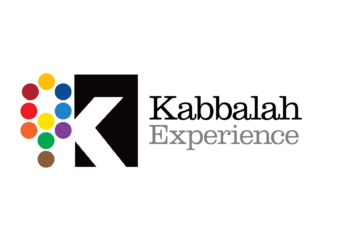
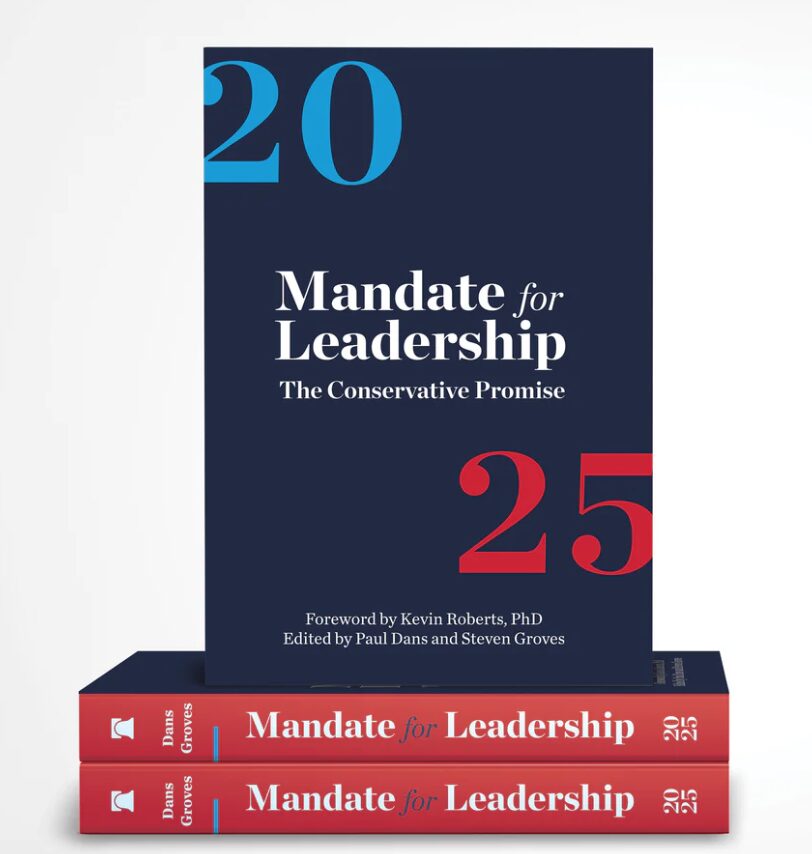
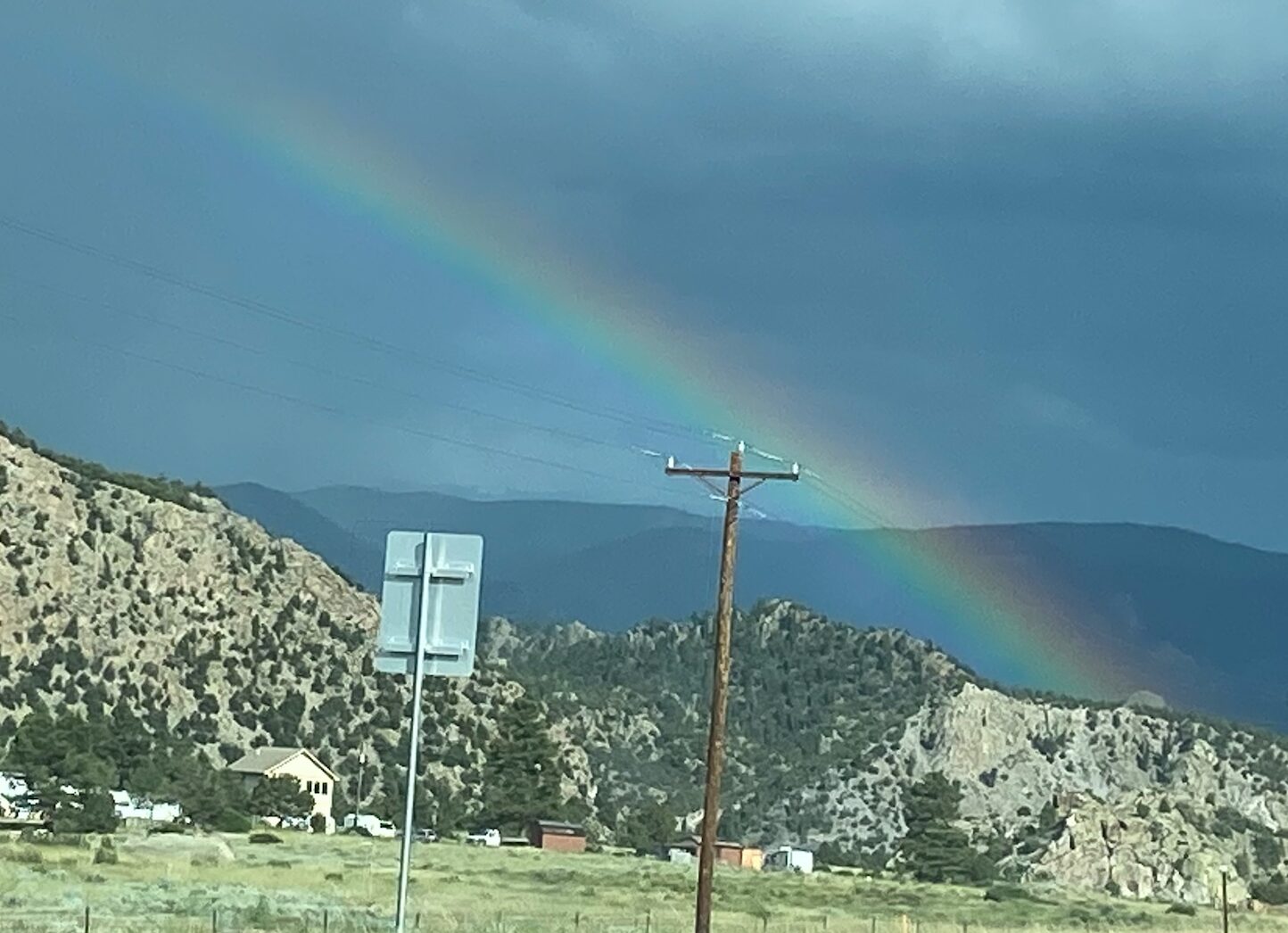
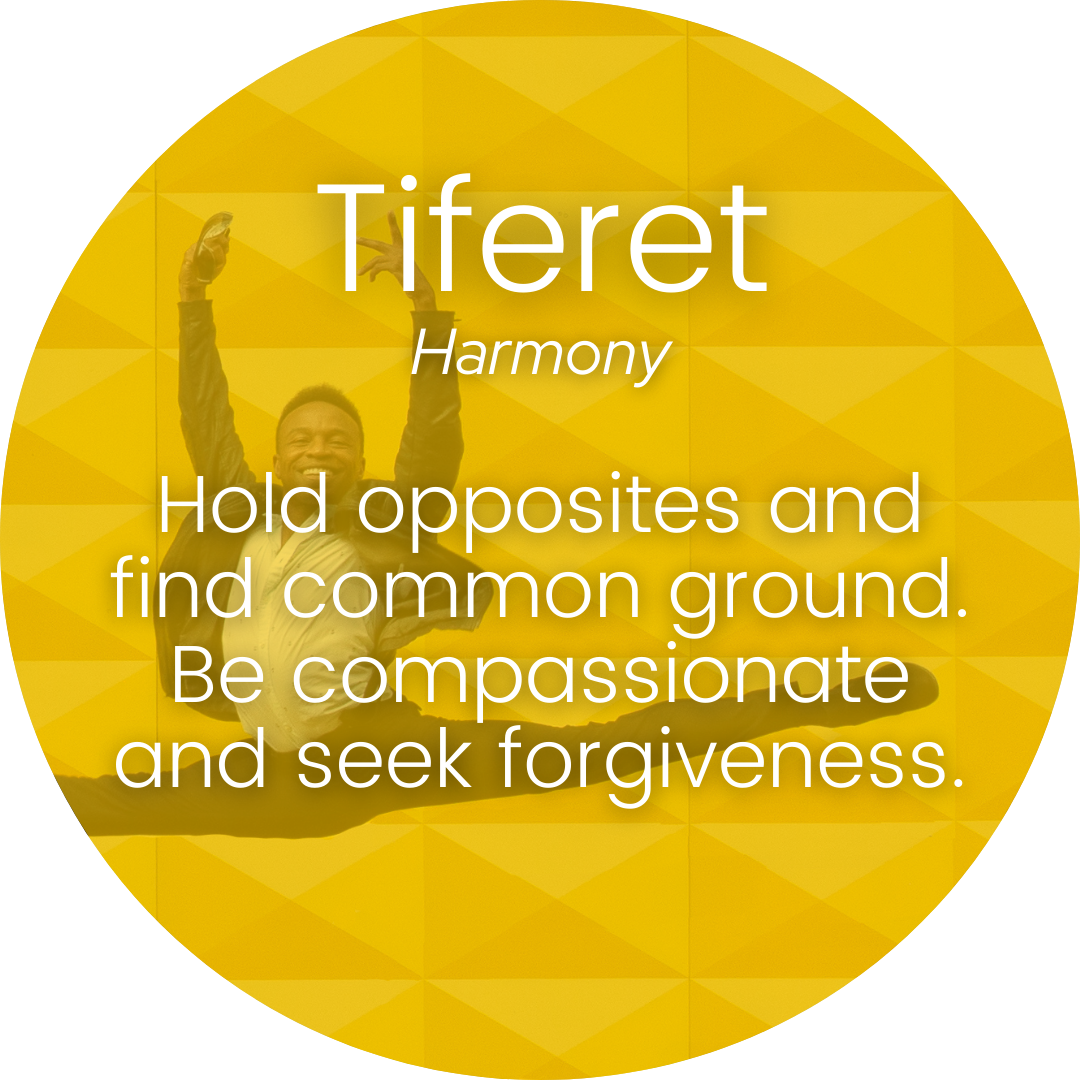
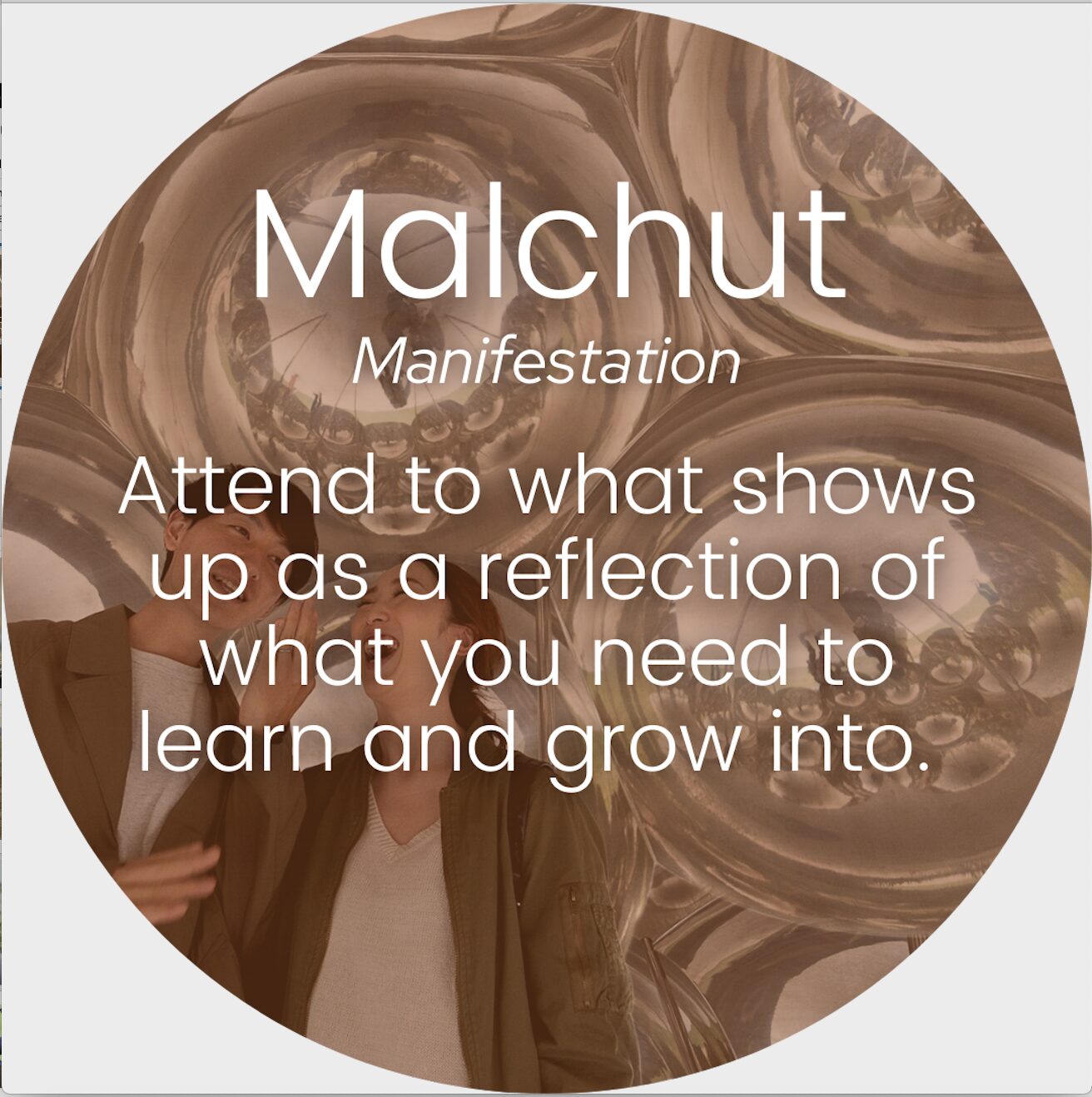
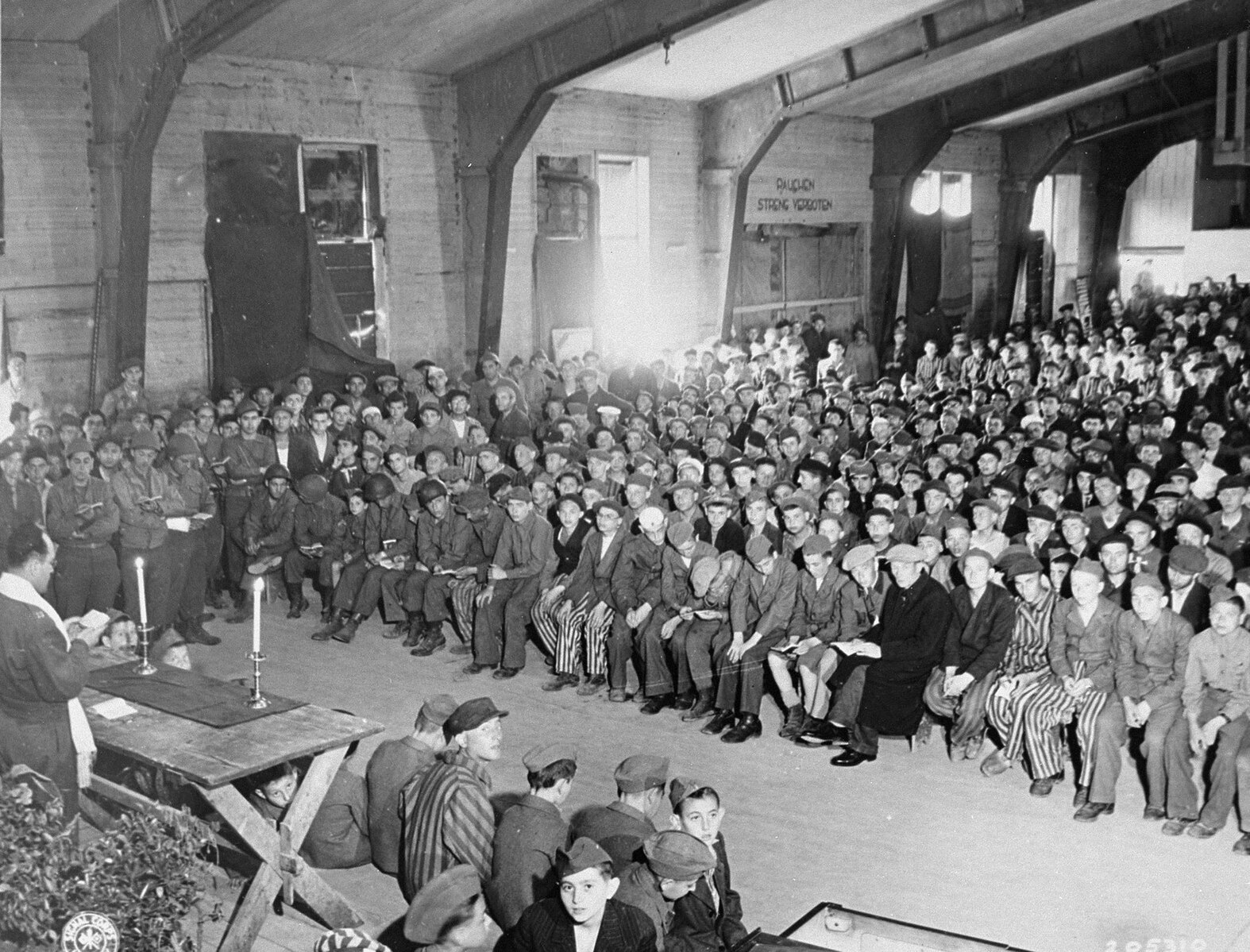

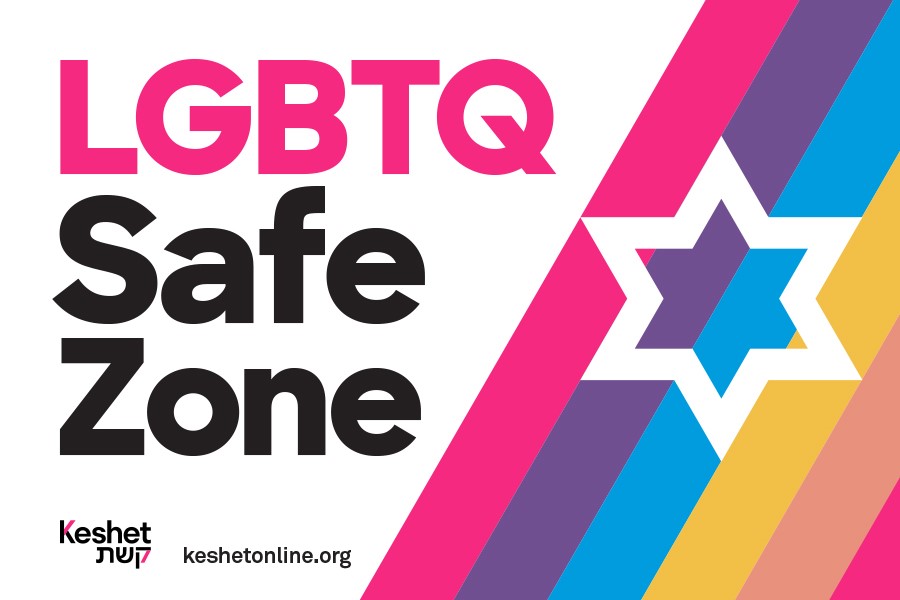
0 Comments